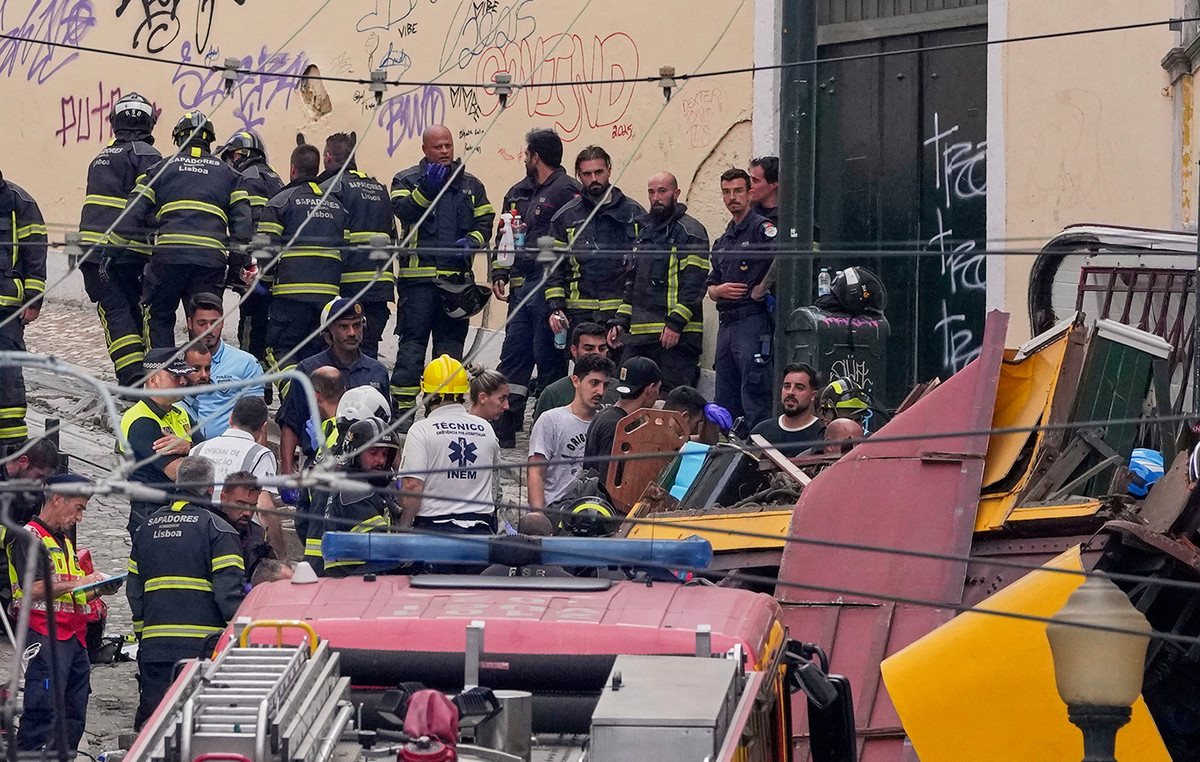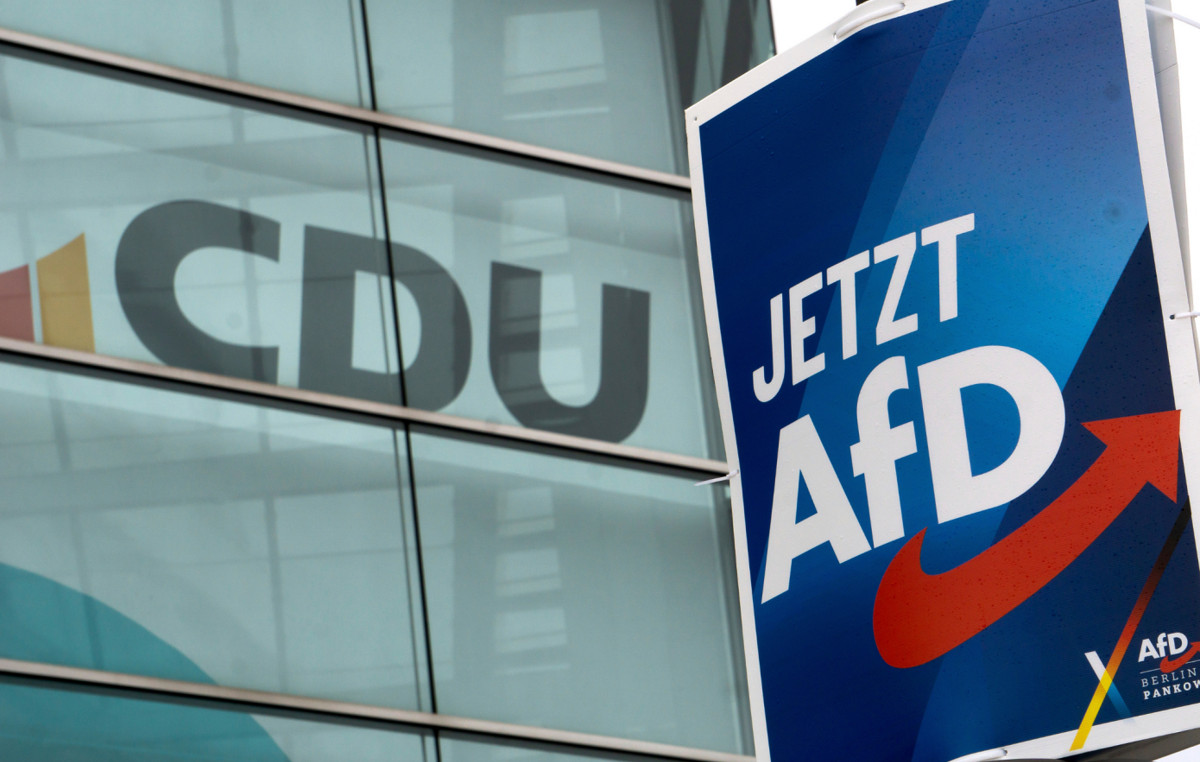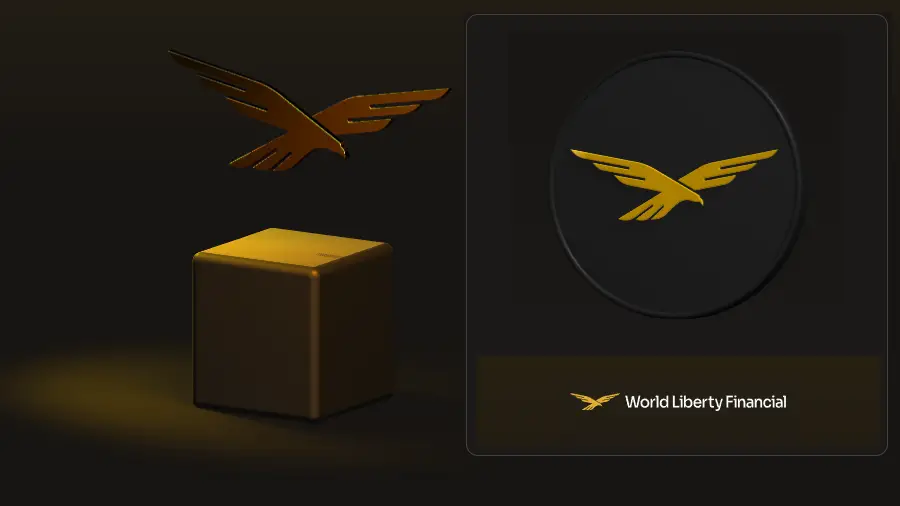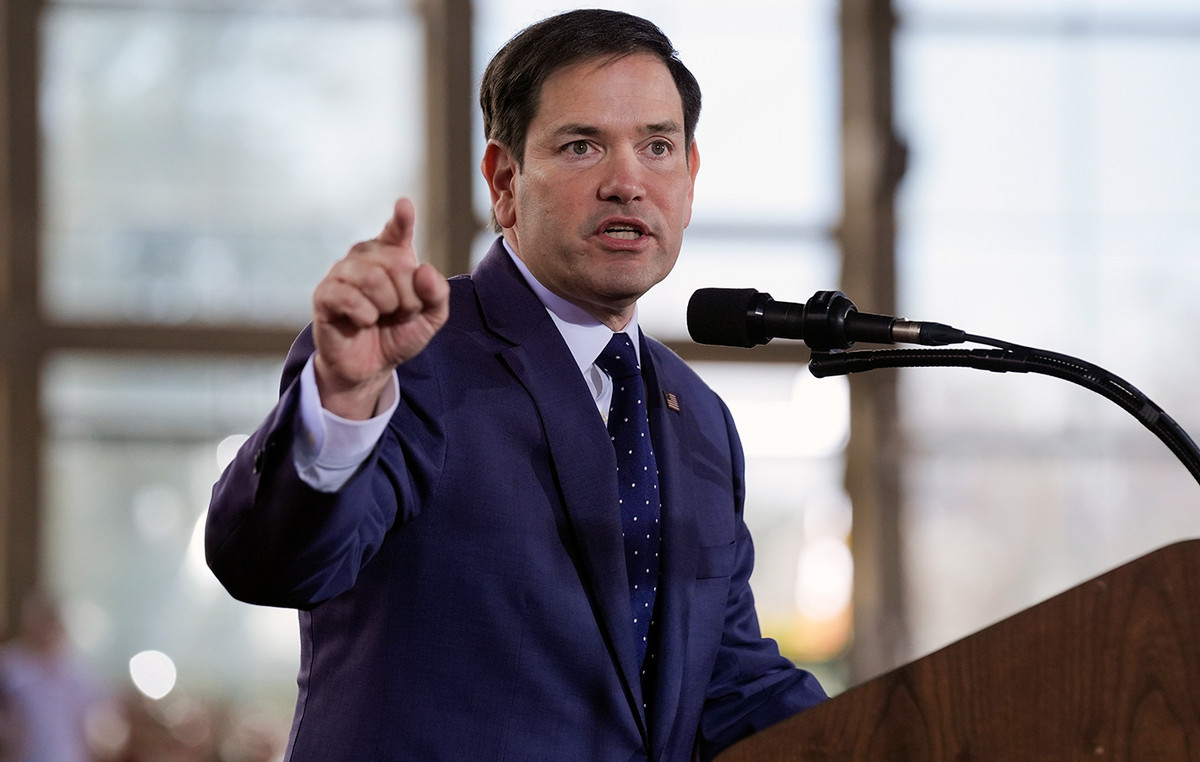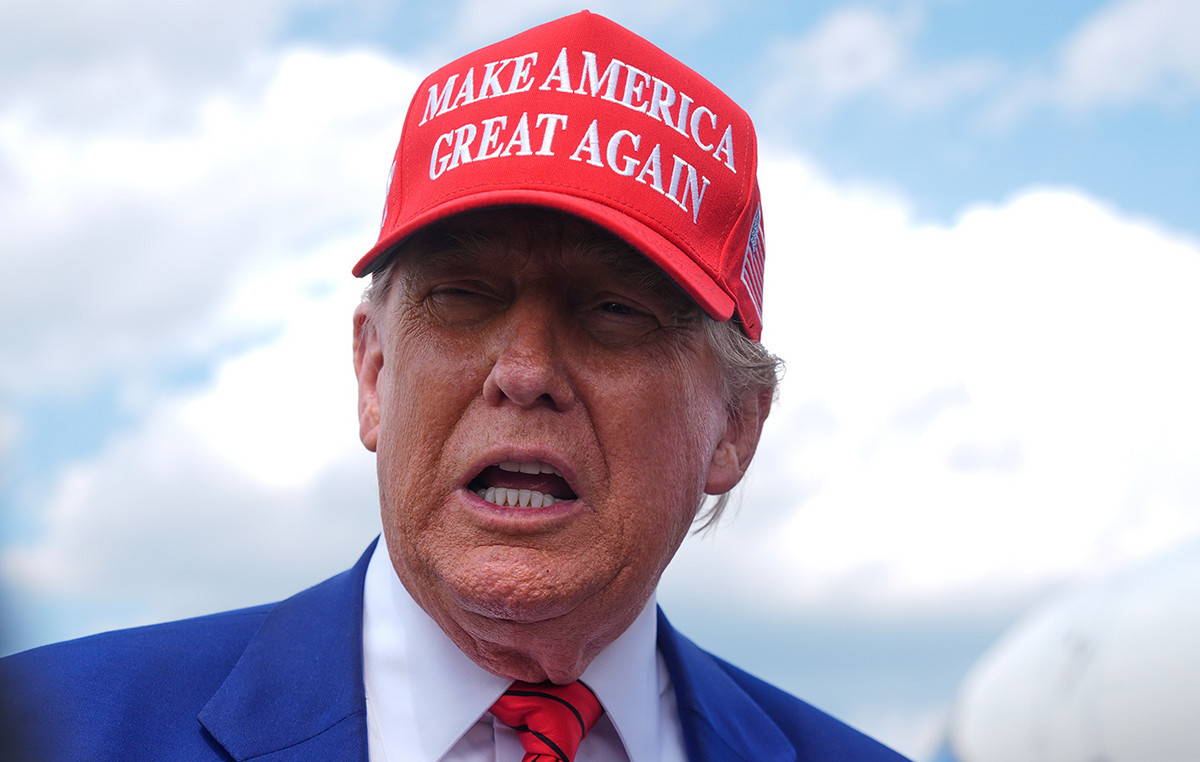After about 1h20 by car from Ilhéus, in the south of bahia a riverside ferry awaits visitors for a quick crossing between the mainland and the island of Comandatuba.
To the sound of typically Bahian music, the vessel pulls up on the other side after a few minutes on the water and tourists are invited by women with refreshing towels and coconut water and, right away, one of the greatest attributes of the place can be seen: the countless coconut trees which create a green immensity along the horizon.
The last official count cites 25,000 trees. Exact number or not, the fact is that they dominate the landscape and make up the perfect environment for the Transamerica Comandatuba a place where the biggest concern of all is just relaxing on vacation with the family.
Covering 62,000 m² of the total 8 million m² in Comandatuba, the grand resort is the only building on the whole island and its extensive horizontal buildings do not exceed the height of the coconut grove.
To get to the reception, a little train takes passengers along the roads that cut through the lawn. The path is permeated by the sound of birds and here it is clear, again, that the abundant nature it is one of the greatest qualities of destiny.
If today the resort operates under all inclusive system and has new spaces with an eye on the future, such as a completely renovated swimming pool, its past is also worth noting: the Transamerica Comandatuba has a history that helped catapult the beach resort model in the country and still carries impressive numbers.

resort construction
The history of Transamerica Comandatuba begins four years before its inauguration, in March 1989. Designed by architect Ricardo Julião with landscaping by Edward Stone, the project was ambitious: to build a huge property on an island of virgin forests in the south of Bahia, in Cocoa Coast .
But how did construction take place in an unexplored location? If for guests the resort is synonymous with zero concern, having at their disposal everything they need during their vacation, from an entrepreneurial point of view the same space is the scene of major operations.
An infrastructure was then created that required solutions such as the supply of potable water, electricity and sewage.
For that, the official numbers of the period are monumental. During the four years, around 15,000 people were mobilized and reinforced rafts were built especially for the transport of materials between the mainland and the island – the vessels supported trips throughout the day and up to three trucks on board.
Building a bridge would make the job easier, but, according to the resort, “all the magic of the place would be compromised”.
In all, 43,000 ferry trips were recorded to take the materials from one place to the other and 27,000 tons of concrete were used to build the venture. More impressive numbers: 845,000 tiles, 8 million bricks, 7,000 paint cans and 270,000 floor tiles were used.
Source: CNN Brasil
Johanna Foster is an expert opinion writer with over 7 years of experience. She has a reputation for delivering insightful and thought-provoking articles on a variety of subjects. Her work can be found on some of the top online news websites, and she is currently lending her voice to the world stock market.

